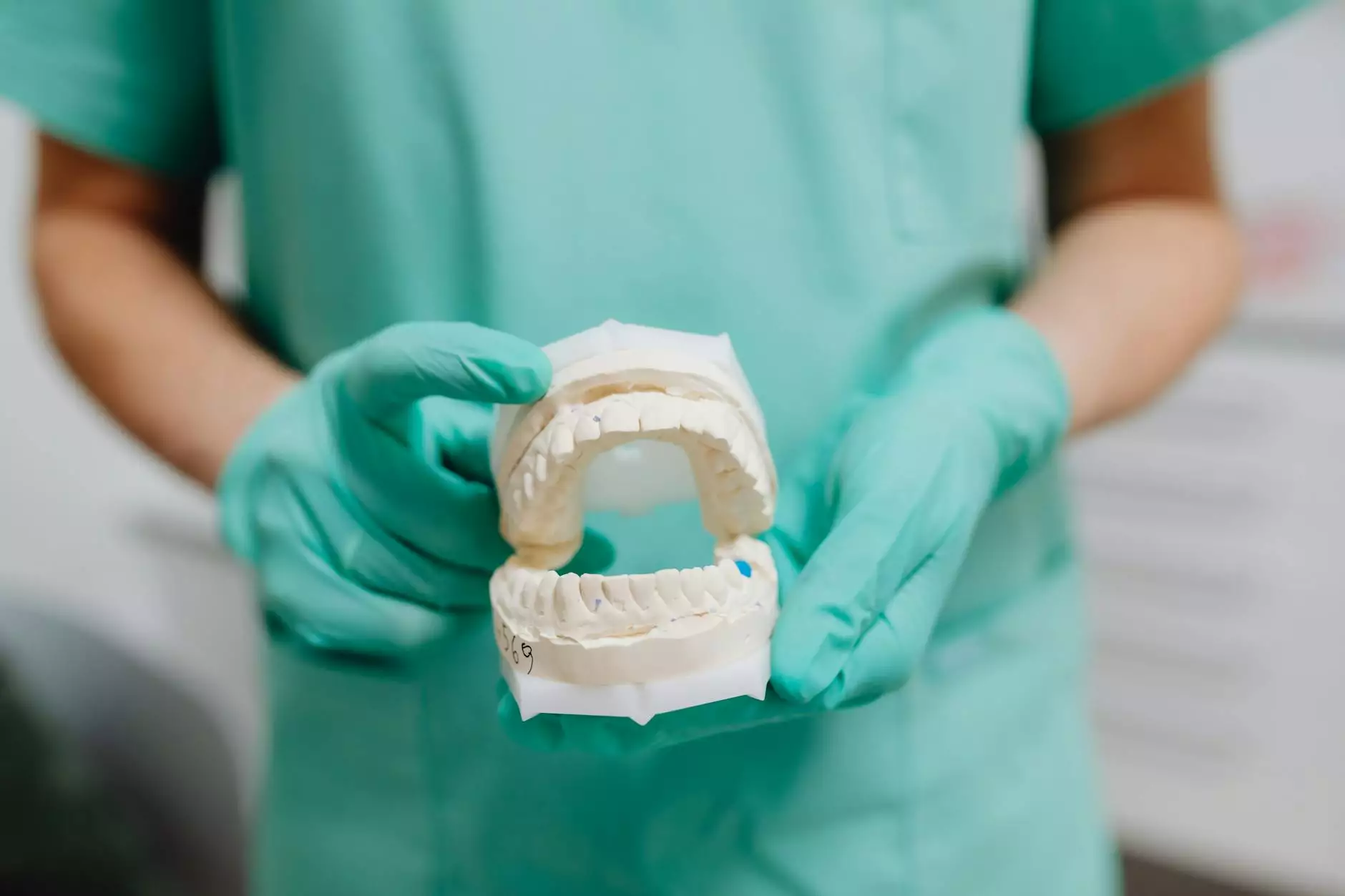Understanding Venous Stasis Dermatitis: Causes and Management

Venous stasis dermatitis is a common condition that affects the lower extremities, particularly in individuals with chronic venous insufficiency. As characterized by inflammation of the skin, it is vital to understand its causes, symptoms, and effective management strategies. This article delves deep into the intricacies of this condition, making it essential for anyone looking to better understand venous health.
What is Venous Stasis Dermatitis?
Venous stasis dermatitis, often referred to simply as stasis dermatitis, results when blood flow in the veins is hindered, leading to increased venous pressure. This increased pressure can cause fluid to leak into surrounding tissues, resulting in edema and eventually skin changes. The skin typically appears red, swollen, and may develop scaling or weeping lesions.
Causes of Venous Stasis Dermatitis
Understanding the causes of venous stasis dermatitis is crucial for effective prevention and management. Several key factors contribute to the development of this condition:
1. Chronic Venous Insufficiency (CVI)
The primary cause of venous stasis dermatitis is chronic venous insufficiency (CVI). This condition occurs when the veins cannot pump enough blood back to the heart, typically due to weakened vein walls or damaged valves. Blood pools in the lower legs, increasing pressure and leading to fluid leakage and skin irritation.
2. Varicose Veins
Varicose veins are dilated and twisted veins often found in the legs. They can contribute significantly to venous stasis dermatitis by interfering with normal blood flow. The presence of varicosities can increase venous pressure in the area.
3. Age
Age is a significant risk factor. As individuals get older, the valves in the veins may weaken, making it more difficult for the blood to return to the heart effectively. This can lead to an increased risk of venous diseases, including stasis dermatitis.
4. Obesity
Obesity increases the pressure in the veins of the legs, as excess body weight puts additional stress on the vascular system. This added strain can lead to venous insufficiency, making individuals more susceptible to dermatitis.
5. Prolonged Sitting or Standing
Occupations or lifestyles that require prolonged sitting or standing can also contribute to venous stasis dermatitis. The lack of movement impedes proper blood circulation, further increasing the risk of CVI.
6. History of Blood Clots
A previous history of blood clots, particularly in the legs, can damage the veins and valves. This damage can lead to chronic venous insufficiency and eventually to stasis dermatitis.
7. Other Medical Conditions
Various medical conditions such as diabetes, heart disease, and inflammatory disorders can also lead to an increased risk of venous stasis dermatitis. These conditions may affect blood flow and vessel health, making individuals more vulnerable.
Symptoms of Venous Stasis Dermatitis
The symptoms of venous stasis dermatitis can vary widely from patient to patient, depending on the severity of the condition. Common symptoms include:
- Itching: The skin may become itchy, which can lead to scratching and further irritation.
- Redness: Inflammation of the skin often results in a red appearance, usually around the lower legs and ankles.
- Swelling: Swelling of the legs and ankles may occur, especially after prolonged periods of standing or sitting.
- Scaling or Flaking: The skin may become dry, flaky, or develop scale-like lesions.
- Weeping or Oozing: In severe cases, the skin may weep fluid, indicating a breakdown of the skin barrier.
- Darkening of the Skin: Chronic cases may lead to hyperpigmentation, causing the skin color to darken around affected areas.
Diagnosis of Venous Stasis Dermatitis
To accurately diagnose venous stasis dermatitis, a healthcare provider will perform a thorough medical history and physical examination. They may look for signs of chronic venous insufficiency and examine the veins for any abnormalities. Additional diagnostic tests may include:
- Doppler Ultrasound: This test evaluates blood flow in the veins and checks for any obstructions.
- Venography: In some cases, a venogram may be performed to visualize the veins and assess for complications.
Treatment Options for Venous Stasis Dermatitis
Effectively managing venous stasis dermatitis involves a combination of treatments that aim to reduce symptoms, improve blood circulation, and address the underlying causes. Common treatment options include:
1. Compression Therapy
Compression stockings can significantly improve venous return by exerting pressure on the legs. This therapy helps to reduce swelling and improve symptoms, making it a cornerstone of treatment for patients suffering from venous stasis dermatitis.
2. Topical Treatments
Topical corticosteroids may be prescribed to reduce inflammation and relieve itching. Additionally, emollients and barrier creams can help keep the skin hydrated and protect against further irritation.
3. Treating Underlying Conditions
Addressing any underlying issues, such as managing obesity or varicose veins, is crucial in preventing recurrence. Patients may be directed to lifestyle changes or to consult with specialists for further interventions.
4. Elevation and Rest
Encouraging patients to elevate their legs when resting can help reduce swelling and improve venous return. This should be part of a broader self-care plan.
5. Surgical Options
In severe or persistent cases where conservative measures fail, surgical options such as vein stripping or endovenous laser therapy may be considered to address significant venous insufficiency or varicosities.
Prevention of Venous Stasis Dermatitis
Preventing venous stasis dermatitis involves proactive measures aimed at maintaining optimal vein health:
- Maintain a Healthy Weight: Achieving and maintaining a healthy weight can alleviate pressure on the veins.
- Regular Movement: Engaging in regular physical activity, including exercises that promote leg strength, can enhance circulation.
- Compression Garments: Wearing compression stockings, especially during long periods of inactivity, can aid significantly in prevention.
- Avoid Prolonged Sitting or Standing: Taking breaks to walk or elevate your legs is beneficial to circulation.
- Hydration: Staying well-hydrated supports vascular health and helps maintain skin integrity.
Conclusion
In conclusion, understanding the causes of venous stasis dermatitis is essential in addressing this common vascular issue. With proper diagnosis and a combination of treatment strategies, patients can effectively manage symptoms and prevent further complications. Emphasizing healthy lifestyle choices and seeking medical advice for any concerning symptoms can significantly enhance the quality of life for those affected. At Truffles Vein Specialists, we are dedicated to providing comprehensive care for patients suffering from venous disorders, helping to facilitate better health outcomes and restore confidence in those affected by venous stasis dermatitis.
For more information or to schedule a consultation, visit Truffles Vein Specialists.
venous stasis dermatitis causes








